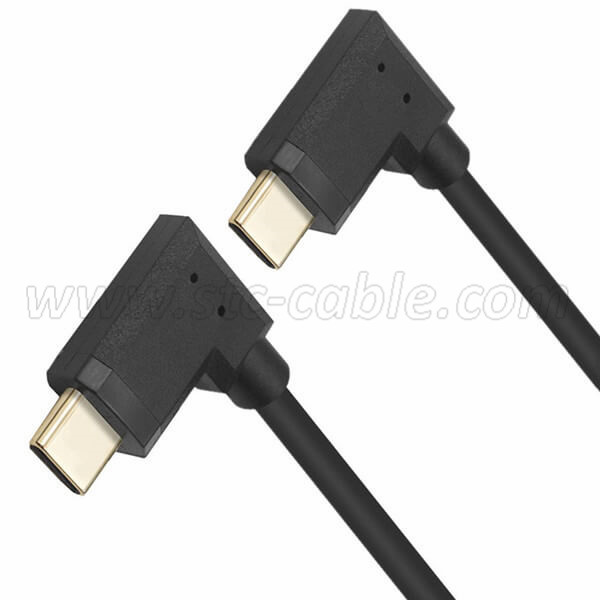How to select USB c cables?
Selecting the right USB-C cable can be crucial for ensuring optimal performance and compatibility with your devices. Here’s a guide to help you choose the best USB-C cable based on your needs:
1. Determine Your Needs
a. Charging Power:
Basic Charging: If you only need to charge your device, a cable that supports 18W to 60W charging (like those using USB 2.0 or USB 3.0) may suffice.
Fast Charging: For faster charging, look for cables that support 100W charging. This is especially important for laptops or devices that support USB Power Delivery (PD) fast charging.
b. Data Transfer:
Basic Transfers: For everyday file transfers and syncing, a USB 2.0 cable (up to 480 Mbps) is often enough.
High-Speed Transfers: For faster data transfer, such as transferring large files or high-resolution video, opt for USB 3.1 Gen 1 (up to 5 Gbps) or USB 3.1 Gen 2 (up to 10 Gbps).
c. Video Output:
Alternate Modes: If you need to connect your device to an external display, make sure the cable supports USB-C Alternate Mode (Alt Mode) for video output.
2. Check Compatibility
a. Device Specifications:
Charging Requirements: Ensure the cable supports the power delivery specifications of your device.
Data Requirements: Match the cable’s data transfer speed with your needs and device capabilities.
Video Output: Verify if your device supports video output over USB-C and if the cable is compatible with this feature.
b. Connector Type:
USB-C to USB-C: Ideal for newer devices that use USB-C on both ends.
USB-C to USB-A: Useful for connecting USB-C devices to older USB-A ports.
3. Consider Build Quality
a. Material:
Durability: Look for cables with reinforced connectors and braided or robust materials for enhanced durability.
Flexibility: Ensure the cable is flexible enough for your usage without being too rigid.
b. Length:
Standard Length: Typically 3 to 6 feet (1 to 2 meters) is sufficient for most needs.
Extended Length: If you need more reach, opt for longer cables, but be aware that very long cables may affect performance.
4. Brand and Certification
a. Reputable Brands:
Choose cables from well-known brands or those recommended by device manufacturers for reliability and performance.
b. Certification:
Look for USB-IF (USB Implementers Forum) certification to ensure the cable meets industry standards for safety and performance.
5. Price vs. Value
a. Budget:
While it’s tempting to go for the cheapest option, investing a bit more can ensure better quality, durability, and performance.
Premium cables often come with better build quality and additional features, but make sure the price aligns with your needs.
Summary Checklist
1. Define your primary use (charging, data transfer, video output).
2. Check the power delivery and data transfer requirements of your devices.
3. Verify compatibility with your devices and their specifications.
4. Select a cable with good build quality and appropriate length.
5. Choose reputable brands or certified products for reliability.
By following these steps, you’ll be able to select a USB-C cable that fits your needs and ensures optimal performance with your devices.
Send your message to us:
Post time: Sep-16-2024
